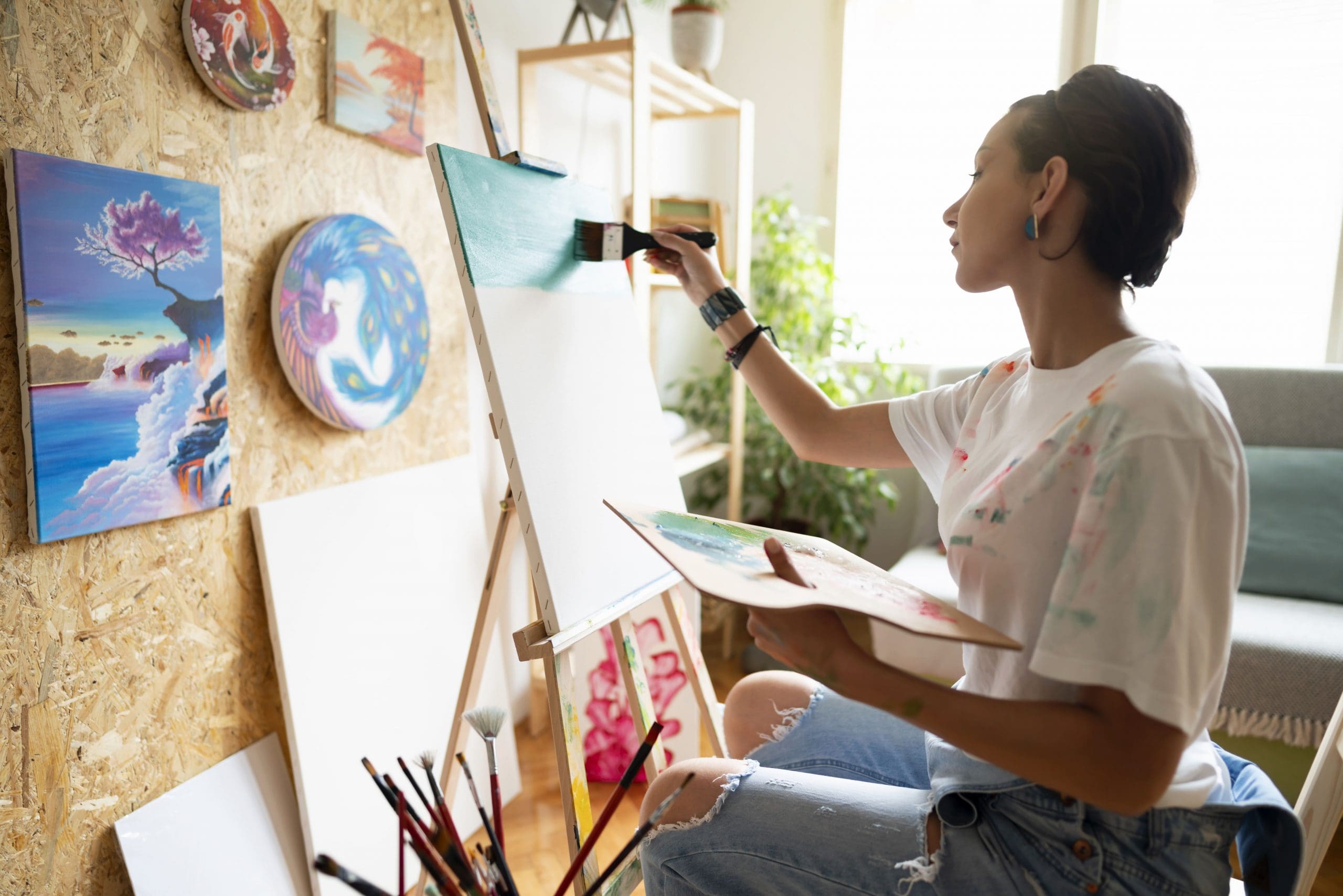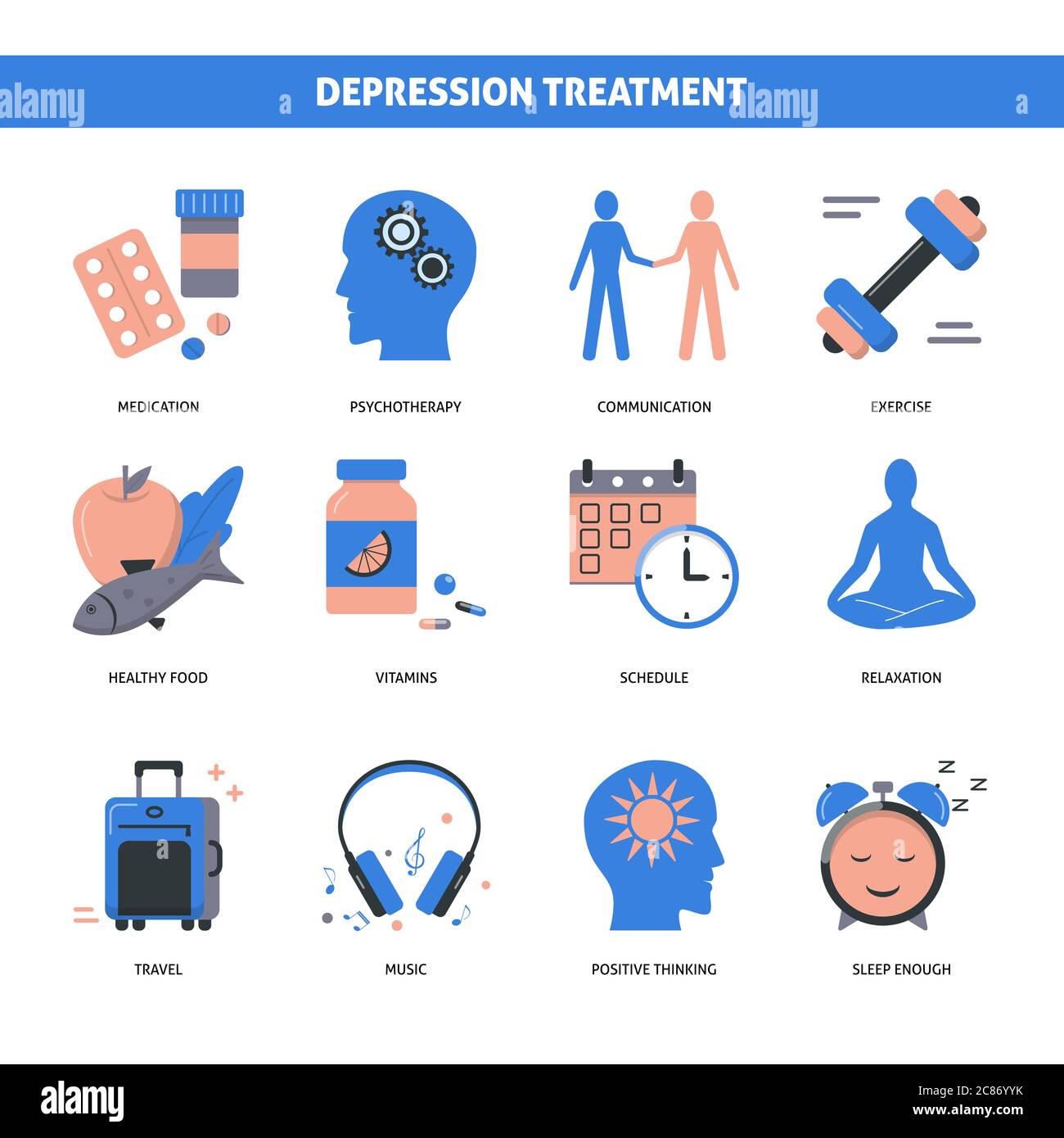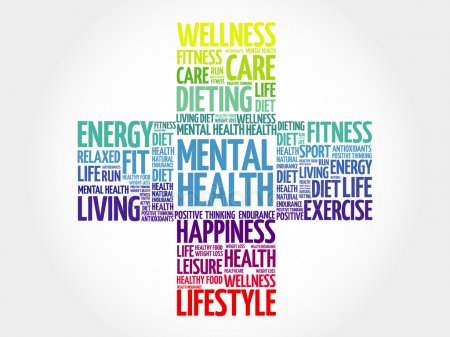Exercise and art calm the mind, boost mood, and build resilience.
If you want a gentle, science-backed way to feel better, you are in the right place. I have helped many clients blend movement with creative expression to manage stress, anxiety, and low mood. In this guide, you will learn how exercise and art for mental health treatment works, why it helps, and how to start today with simple steps you can trust.

Why Exercise and Art Work Together for Mental Health
Your body and mind talk to each other. Exercise boosts feel-good chemicals like endorphins and endocannabinoids. It can raise serotonin and dopamine. It also supports brain growth factors that help nerve cells connect.
Art helps you process feelings. It adds meaning to what you feel and see. It lights up the thinking part of the brain and softens fear signals. You get a safe way to express what words cannot hold.
Together, they create a loop of relief. Movement calms the nervous system and improves sleep. Creative work gives shape to stress and builds a sense of control. This is why exercise and art for mental health treatment works so well for many people.
A simple example helps. A brisk walk reduces muscle tension. Then a 10-minute sketch helps you name the mood in a gentle way. The two parts support each other like breath in and breath out.

Evidence Snapshot: What Research Says
Studies show strong benefits. Regular aerobic exercise three times per week can cut symptoms of depression. Strength training also helps mood and anxiety. Even short walks lower stress in many people.
Art therapy can reduce anxiety and trauma symptoms. Drawing, collage, or clay can lower distress in both teens and adults. Music therapy improves mood and can ease pain. Dance movement therapy can lift energy and reduce body tension.
Some programs combine both. People who do movement plus creative arts often stick with care longer. They report more joy and less stress in daily life. The evidence for exercise and art for mental health treatment is growing across ages and settings.
This is not a cure-all. It works best as part of a plan. Many people also use therapy, sleep care, and sometimes medicine. Still, the signal is clear. Exercise and art for mental health treatment offers real help with low risk.

Getting Started: A 4-Week Plan
You do not need to be fit or “artistic.” Start small. Keep it kind. Use this plan to test what works for you.
Week 1: Settle and notice
- Move: Walk 15 minutes at an easy pace. Breathe through your nose if you can.
- Create: Doodle for 10 minutes. Use one color and simple shapes.
- Focus: Mood check before and after. Note one word you felt.
- Goal: Build a calm base with exercise and art for mental health treatment.
Week 2: Add rhythm
- Move: Try walk intervals. One minute faster, one minute easy. Repeat for 15 to 20 minutes.
- Create: Make a collage called “my safe place.” Use old magazines or spare paper.
- Focus: Play music with a steady beat while you move or create.
- Goal: Use rhythm to settle your nervous system.
Week 3: Build strength and shape
- Move: Do a simple circuit. Squats to a chair, wall push-ups, and a plank on knees. Two rounds in 20 minutes.
- Create: Paint or color using bigger strokes. Stand if you can.
- Focus: Notice one small win each day.
- Goal: Feel more power in body and mind with exercise and art for mental health treatment.
Week 4: Find flow and review
- Move: Try yoga, tai chi, or a dance video for 20 to 30 minutes.
- Create: Write a letter to your future self. Keep it kind and short.
- Focus: Review your notes. Keep what worked. Drop what did not.
- Goal: Lock in your personal routine.
Tips for busy days
- Do 60 seconds of marching in place.
- Trace a spiral on paper for two minutes.
- Add a single song dance break after lunch.
Safety first
- Start low and progress slow.
- If you have pain, choose seated or water options.
- If you feel worse after sessions, cut time in half or change the activity.
- Talk to your clinician if you have heart, lung, or joint issues.

Practical Ideas You Can Try Today
Pick one move and one creative task. Keep it simple and short.
Movement ideas
- Walking outside or on a treadmill.
- Dancing in your kitchen to one song.
- Cycling, swimming, or a gentle hike.
- Yoga or tai chi for balance and breath.
- Strength with bands, bodyweight, or light weights.
- Seated routines for low energy days.
Art ideas
- Doodling lines and shapes with a pen.
- Coloring pages for calm focus.
- Collage with paper scraps and glue.
- Clay or playdough to engage the hands.
- Music listening, singing, or light drumming.
- Five-minute free writing or a short poem.
- Phone photography of small joys.
Match mood to method
- Anxious: Slow walking plus coloring with cool tones.
- Low energy: Upbeat dance plus a bright color sketch.
- Angry: Shadow boxing plus clay work to press and release.
- Numb: Gentle yoga plus a sensory list with sounds, scents, and textures.
- Grief: Nature walk plus a memory collage.
Micro-doses that still help
- One minute of box breathing. Then draw a box on paper.
- Ten bodyweight squats. Then write one word about how you feel.
- A short stretch. Then snap a photo of one kind thing in your day.
Use these to build your own exercise and art for mental health treatment plan. Keep what you enjoy. Joy fuels routine.

Real-World Stories and Lessons Learned
From my practice, small steps change lives. A client, let’s call her Maya, had panic attacks. We paired 10 minutes of brisk walking with a two-minute drumming track. Then she sketched how her breath felt. After four weeks, her daily worry scores fell by half. She also slept better. She kept the plan because it felt safe and doable.
Another client, Sam, lived with low mood and back pain. We used chair yoga and light bands. He tried watercolor for 10 minutes after dinner. He liked the quiet focus. He said, “I can see my progress on paper.” That pride kept him going.
Lessons that work
- Consistency beats intensity.
- Choose tools you enjoy.
- Use cues. For me, shoes by the door mean it is walk time.
- Pair a reward. Tea after art. Sunlight after a workout.
- Share with a friend. A text check-in helps.
- Track energy, not only time. You want to finish with a bit left in the tank.
These real cases show why exercise and art for mental health treatment can fit real life. When the plan fits you, it sticks.

Safety, Access, and Inclusion
Your plan should feel safe, kind, and yours. Some people need extra care.
Who should chat with a clinician first
- If you have heart disease, lung issues, or are pregnant.
- If you have severe depression, mania, or recent trauma.
- If you have pain that does not go away.
Trauma-informed tips
- Let your body set the pace.
- Keep choice and control. You can stop at any time.
- Avoid dark rooms or loud sounds if they unsettle you.
- Use grounding. Notice five things you see, four you feel, three you hear.
Access on a budget
- Walks are free.
- Use free videos for yoga or dance.
- Create art with pens, paper, and old magazines.
- Join a library workshop or community center.
Inclusion matters
- Pick music and art that match your culture and story.
- Adaptive tools can help. Use seated moves, larger brushes, or voice notes.
- Do not stop medicines without a doctor’s advice.
This is how you keep exercise and art for mental health treatment safe and kind for all.

Tracking Progress and Staying Motivated
What you track, you can shape. Use a simple daily note.
Try this quick check
- Mood 0 to 10 before and after.
- Sleep hours and quality.
- Stress 0 to 10.
- Notes on what you did and what helped.
Motivation tools that work
- Habit stacking. Art after coffee. Walk after lunch.
- Put gear in sight. Keep your sketch pad on the table.
- Use a short streak goal. Aim for three days in a row.
- Ask a friend to join once a week.
When to adjust
- If you dread it, change the activity or the time of day.
- If progress stalls, change the dose. Add five minutes or try a new mode.
- If you feel worse, reduce intensity or switch to breath plus gentle art.
These steps help you sustain exercise and art for mental health treatment over months, not days.

Frequently Asked Questions of exercise and art for mental health treatment
How often should I do exercise and art for mental health treatment?
Aim for three to five days per week. Short daily sessions also work well if they are easy to keep.
Do I need to be good at art for this to help?
No skill is needed. The process, not the product, creates calm and insight.
Can I replace therapy or medicine with exercise and art?
They can help a lot but should not replace care without guidance. Talk to your clinician about the best mix for you.
What if I have no time?
Use micro-sessions. One song of movement and five minutes of simple art can still help.
Is there a best time of day?
Pick the time you can keep. Morning helps set the tone, while evening can ease stress before bed.
Will this help with anxiety and depression?
Many people feel less tense and more hopeful. Exercise and art for mental health treatment often reduces symptoms when done often.
What if I feel worse after a session?
Lower the intensity, shorten the time, or switch the activity. If distress keeps rising, reach out to a clinician.
Conclusion
You now have a clear path to feel better with simple tools. Blend movement with creative work to calm nerves, shape feelings, and build strength. The mix works because your body and mind back each other up.
Pick one tiny action today. Walk for five minutes, then draw three shapes. Do it again tomorrow. Step by step, you can build your own exercise and art for mental health treatment plan that lasts. If this helped, subscribe for more guides, share your wins, or drop a question so we can help you keep going.





